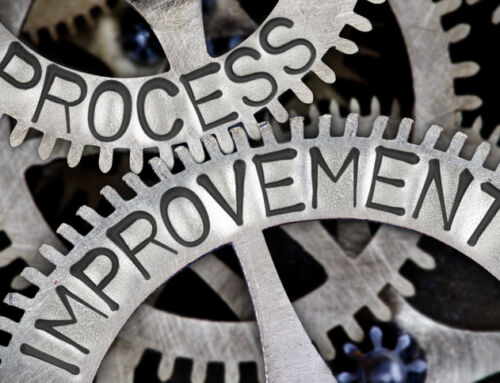What is S&OP?
S&OP stands for Sales and Operations Planning. In simple terms, it is a decision-making process that ensures that the tactical plans in all business functions are aligned and in support of the company strategy, business plans, and goals. A properly implemented S&OP process achieves this alignment. It is done through routine reviews and conflict resolution dealing with market demand and supply resources, keeping them in balance by re-planning quantitatively across an extended rolling horizon.
Originally the term S&OP was used to identify aggregate planning (i.e., volume). A lot of people, and a lot of literature, still retain this perspective. Many, however, have blurred the distinction between volume and mix. Short- and long-term horizons have come to be considered simultaneously in one discussion (this major issue will be tackled in a future column). In this broader perspective, the process includes executive S&OP, Material Requirements Planning, Master Scheduling, Plant and Supplier Scheduling, Manufacturing Capacity, Outsourcing, Distribution and other detailed planning/coordination (1).
To eliminate confusion between past and current definitions, the term executive Sales and Operations Planning, or eS&OP, was coined by Thomas F. Wallace and Robert A. Stahl. The word ‘executive or e’ is an adjective, not part of the actual term. It intends to add clarity, referring to the executive or volume element of the morphed definition. The term first appeared in print in the 3rd Edition of their book “Sales and Operations Planning – The How-To Handbook” (T.F. Wallace and Co., 2008). This is now a generally accepted definition that appears in the APICS Dictionary 13th Edition (October 2010) and onward.
The Mission of eS&OP
The executive component to Sales and Operations Planning is top management’s portion of the overall S&OP process. It is a decision-making activity involving the leader of the business (President, General Manager, COO or Managing Director), his/her staff, a number of middle managers and specialists. The mission (2) of eS&OP is to:
- Balance supply and demand at the aggregate level
- Align operational planning with financial planning
- Link strategic planning with day-to-day sales and operational activities
- Act as a forum for disciplined discussion around setting policy, strategy, risk and budget changes
It is a multi-step process involving demand planning, supply planning, middle and top management meetings resulting in decision-making and authorization. This process occurs monthly, displaying information in terms of production units and revenue ($). The time horizon starts at the cumulative material lead time (demand time fence) across a horizon typically not shorter than 18 months.
The 5-step eS&OP planning process includes:
- Step 1 – Data Gathering
- Step 2 – Demand Planning
- Step 3 – Supply Planning
- Step 4 – Pre-Meeting
- Step 5 – Executive Meeting
Why Should You Care?
Sales and Operations Planning is one of the most critical business processes to achieve best-in-class performance and consistently outperform competitors. Improving the S&OP Process is a SCOR (Supply Chain Operations Reference) Model best practice (BP.026).
Key outcomes of the successfully implemented eS&OP process are:
- higher customer service
- lower finished goods inventories
- more stable production rates
- shorter customer lead times for make-to-order products
- better visibility into future resource problems
- greater accountability regarding actual performance to plan
- enhanced teamwork among all functions of middle management
- a monthly update to the annual business plan providing better forward visibility, leading to fewer surprises later in the fiscal year
Hard Benefits and Direct Results
It is important to note that these hard benefits are the direct result and consequence of the soft benefits – the alignment of human energy. In a recent conversation I had with Bob Stahl, he summed it all up nicely:
“The goal of eS&OP is to create a defined process to bring people together, working collaboratively to achieve a consensus across differing opinions. When this happens, a company can do things not before possible.” – Bob Stahl
Interested in Sales and Operations Planning? We got you. Become a member of one of the world’s largest procurement associations today.
Recommended Reading
- Expert Procurement Operations Management
- Are your Procurement Operations Goals SMART?
- NPLA’s Strategic Procurement Operations Transformational Model (SPOT)
- Organizing Procurement Department Operations
- Are Your Procurement Operations Dashboarded?
- Supply Risk Checklist
- Vendor Risk Management
- Your Business Strategy Is Foolproof, Right?
- 10 Strategies for Improving Supplier Relationship Management SRM
- You Do Have A Late-Stage Negotiation Strategy, Don’t You?
Visit NLPA Learning, the new home to all our certifications and online courses. NLPA Learning also includes learning resources, including live and on-demand webinars, publications and reports, articles, templates, white papers, and more!




